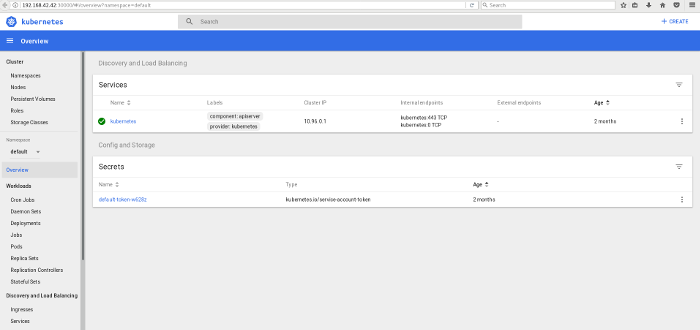Minikube is advertised on the Hello Minikube tutorial page as a simple way to run Kubernetes for Docker. While that documentation is very informative, it is primarily written for MacOS. You can dig deeper for instructions for Windows or a Linux distribution, but they are not very clear. And much of the documentation—like one on installing drivers for Minikube—is targeted at Debian/Ubuntu users.
This guide aims to make things easier for RHEL/Fedora/CentOS-based operating system users.
Prerequisites
- You have installed Docker.
- Your computer is an RHEL/CentOS/Fedora-based workstation.
- You have installed a working KVM2 hypervisor.
- You have a working docker-machine-driver-kvm2. The following commands will install the driver:
curl -Lo docker-machine-driver-kvm2 https://storage.googleapis.com/minikube/releases/latest/docker-machine-driver-kvm2 \ chmod +x docker-machine-driver-kvm2 \ && sudo cp docker-machine-driver-kvm2 /usr/local/bin/ \ && rm docker-machine-driver-kvm2
Download, install, and start Minikube
- Open a terminal window and run the following command to install minikube.
curl -Lo minikube https://storage.googleapis.com/minikube/releases/latest/minikube-linux-amd64Note that the minikube version (e.g., minikube-linux-amd64) may differ based on your computer's specs.
- chmod to make it executable.
chmod +x minikube
- Move the file to the /usr/local/bin path so you can run it as a command.
mv minikube /usr/local/bin
- Install kubectl using the following command (similar to the minikube installation process).
curl -Lo kubectl https://storage.googleapis.com/kubernetes-release/release/$(curl -s https://storage.googleapis.com/kubernetes-release/release/stable.txt)/bin/linux/amd64/kubectlUse the curl command to determine the latest version of Kubernetes.
- chmod to make kubectl executable.
chmod +x kubectl
- Move kubectl to the /usr/local/bin path to run it as a command.
mv kubectl /usr/local/bin
- Run minikube start. To do so, you need to have a hypervisor available. I used KVM2, and you can also use Virtualbox. Make sure to run the following command as a user instead of root so the configuration will be stored for the user instead of root.
minikube start --vm-driver=kvm2It can take quite a while, so wait for it.
- Minikube should download and start. Use the following command to make sure it was successful.
cat ~/.kube/config
- Execute the following command to run Minikube as the context. The context is what determines which cluster kubectl is interacting with. You can see all your available contexts in the ~/.kube/config file.
kubectl config use-context minikube
- Run the config file command again to check that context Minikube is there.
cat ~/.kube/config
- Finally, run the following command to open a browser with the Kubernetes dashboard.
minikube dashboard

Now that Minikube is up and running, read Running Kubernetes Locally via Minikube to start using it.







1 Comment